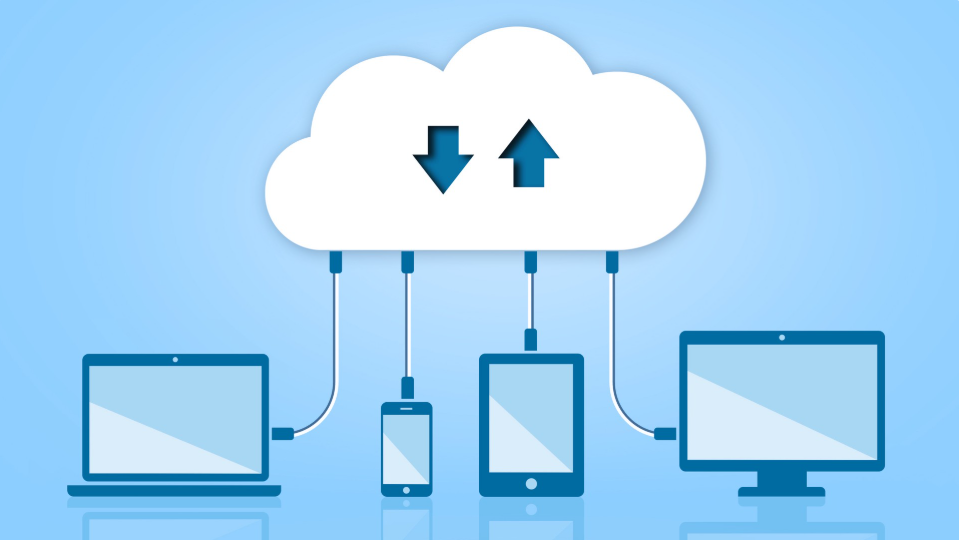
Offshore software development has become the go-to model for many companies, thanks to its cost efficiency and access to a global talent pool. However, ensuring productivity in offshore teams is often a challenge. Teams spread across time zones and cultures can face obstacles in alignment, accountability, and motivation. Without the right strategies, businesses risk reduced efficiency, communication breakdowns, and missed deadlines. The good news is that with the right approaches, companies can not only manage but also significantly enhance offshore team productivity. Below are practical, actionable strategies that make a real difference.
1. Define Clear Goals and Key Performance Indicators (KPIs)
Clear goals act as a compass, giving offshore teams a sense of direction and purpose. Simply assigning tasks without measurable objectives often leads to confusion, wasted effort, or misaligned priorities. By contrast, setting specific, measurable KPIs ensures that everyone knows what success looks like.
For example, tracking metrics such as sprint velocity, bug resolution rate, or code quality scores gives tangible proof of progress. Using frameworks like OKRs (Objectives and Key Results) also helps align individual contributions with broader business goals. Project management tools such as Jira can generate burn-down charts and velocity reports, which make team performance visible and actionable.
When offshore developers understand not only what they are working on but also why it matters, they become more motivated and accountable, reducing wasted effort and strengthening ownership.
2. Use Time Tracking and Work Management Tools
In distributed teams, visibility is often limited. Managers cannot just “walk over” to check progress, so digital tools become essential to monitor productivity without resorting to micromanagement.
Time tracking software like Clockify, Toggl, or RescueTime gives insights into how time is spent, highlighting inefficiencies or bottlenecks. Meanwhile, project management tools such as Jira, Trello, or Asana provide a structured workflow where tasks are prioritized, progress is visible, and blockers can be addressed quickly.
Additionally, documenting knowledge in platforms like Notion or Confluence ensures that processes are clear and accessible to everyone, reducing dependency on specific individuals. This transparency not only builds trust but also empowers offshore developers to take initiative and stay accountable.
3. Optimize Communication and Collaboration
Communication is the backbone of productivity in offshore teams. Without effective communication, even the best talent can end up working in silos, duplicating efforts, or misinterpreting requirements.
Real-time tools like Slack, Microsoft Teams, or Zoom keep teams connected for stand-ups and quick clarifications. However, since not all members share the same time zone, relying only on synchronous communication can leave some people behind. That’s why asynchronous updates—via recorded Loom videos, detailed written reports, or shared dashboards—are equally important.
For technical collaboration, platforms like GitHub, GitLab, or Bitbucket facilitate code reviews and pair programming. These practices not only improve code quality but also encourage knowledge sharing, helping developers grow while keeping the project moving forward.
A healthy mix of synchronous and asynchronous communication ensures that every team member—no matter where they are—feels included and aligned.
4. Automate Repetitive Tasks
Offshore developers often spend unnecessary time on manual or repetitive tasks that could easily be automated. This not only slows down productivity but also reduces motivation.
By setting up CI/CD pipelines with GitHub Actions, GitLab CI/CD, or Jenkins, teams can automate testing and deployment, ensuring that features move from development to production seamlessly. Tools like Prettier, ESLint, or SonarQube standardize code formatting and detect errors early, reducing time wasted on debugging.
More recently, AI-powered assistants like GitHub Copilot are helping developers write and optimize code faster, turning hours of work into minutes. Automation allows offshore teams to focus on high-value, creative problem-solving rather than repetitive tasks, making overall productivity skyrocket.
5. Encourage Work-Life Balance and Avoid Burnout
High productivity is not the same as long working hours. In fact, overworking offshore teams often leads to burnout, mistakes, and high turnover. Sustainable productivity comes from balance.
Allowing flexible working hours while maintaining a small window of overlap for collaboration gives developers autonomy without sacrificing teamwork. Productivity methods such as the Pomodoro technique or apps like Forest and Freedom help minimize distractions and keep focus sharp.
Equally important is maintaining team spirit. Virtual coffee chats, casual check-ins, or fun online team-building sessions may seem small, but they go a long way in strengthening relationships and preventing feelings of isolation. A happy, well-rested developer is not only more productive but also more creative and loyal.
6. Gather Feedback and Continuously Improve
No offshore setup is perfect from day one. The most productive teams are those that continuously learn, adapt, and improve.
Regular retrospective meetings give teams the chance to reflect on what’s working and what isn’t, creating a cycle of ongoing improvement. Anonymous feedback tools like Officevibe or CultureAmp can surface hidden issues, such as low morale or workflow frustrations, that might otherwise go unnoticed.
Encouraging a growth mindset—through skill development opportunities, online courses, or mentorship programs—ensures that developers keep evolving alongside the project. When offshore teams feel heard and see their feedback turned into action, they become more engaged, motivated, and ultimately more productive.
Managing productivity in offshore software teams is not about micromanaging or squeezing more hours out of developers. It’s about building the right foundations: clear goals, effective tools, optimized communication, and a supportive culture. When combined, these strategies transform offshore teams from simply “remote workers” into empowered, accountable, and highly productive partners. Companies that invest in these practices will find their offshore teams not only delivering results but also driving long-term innovation and growth.
Suggested Posts
How useful was this post?
Share it with your friends
Get our latest articles here!
Do you have any questions?
Help us improve the content of this Insightful blog by asking us questions. Manifera's team of experts will help you answer these questions as soon as possible.












